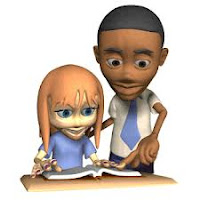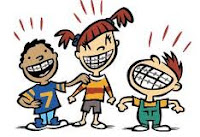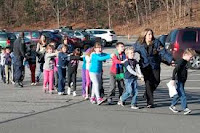Social Skills Education for Children on the Autism Spectrum: Tips for Parents and Teachers

"I understand that social skills must be taught to children on the autism spectrum, but how can parents actually do this outside of a formal skills training course? Thanks in advance for your response!" The process of teaching social skills to children with Aspergers and High-Functioning Autism (HFA) involves a six-step plan: assessment of existing skills defining what skills will be taught (i.e., setting goals and objectives) planning how the skills will be taught (i.e., teaching strategies) implementing the teaching plan assessing child progress adapting the teaching strategy so that the child acquires the target skill Most social skills programs for kids with Aspergers and HFA fall into one of two theoretical frameworks: (1) behavioral and (2) developmental. 1. In a behavioral approach , the youngster’s behavior is evaluated according to (a) the presence of dysfunctional behavior (e.g., presence of abnormal behaviors, abnormal frequency of certain beh

